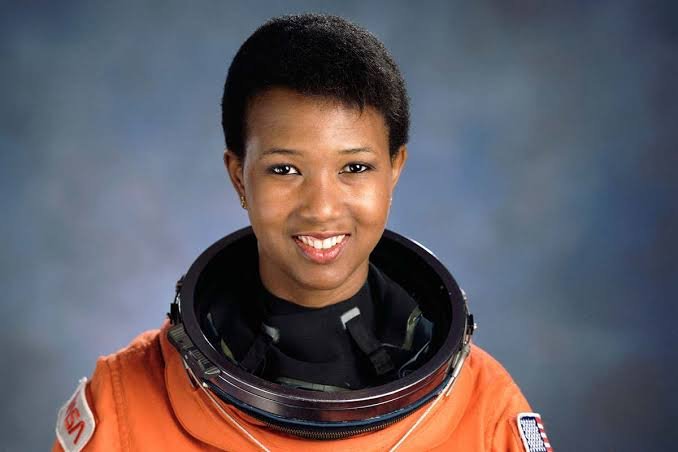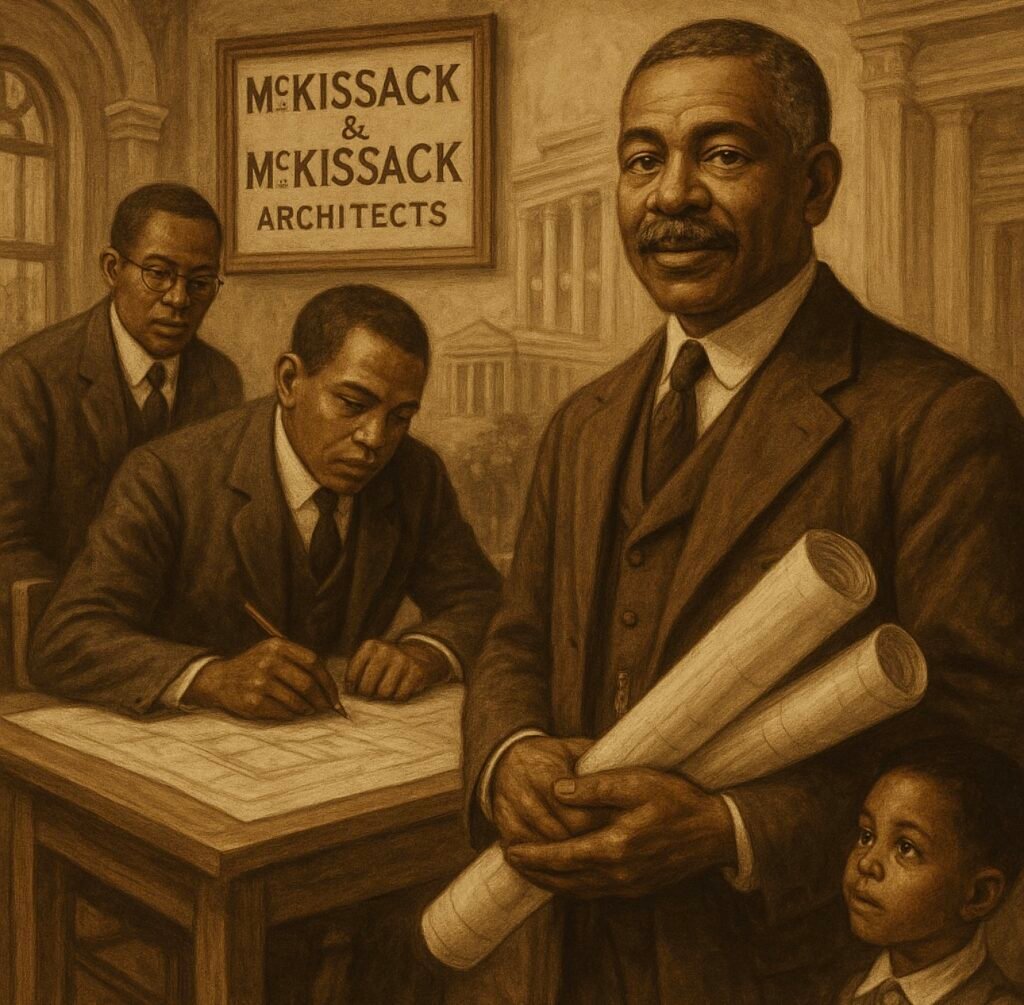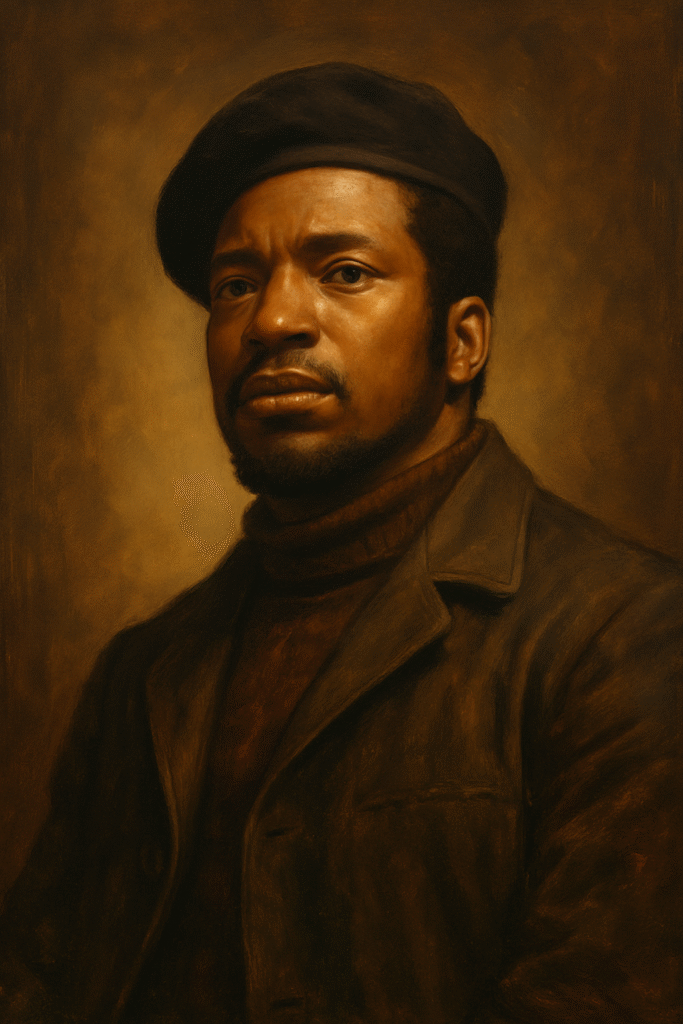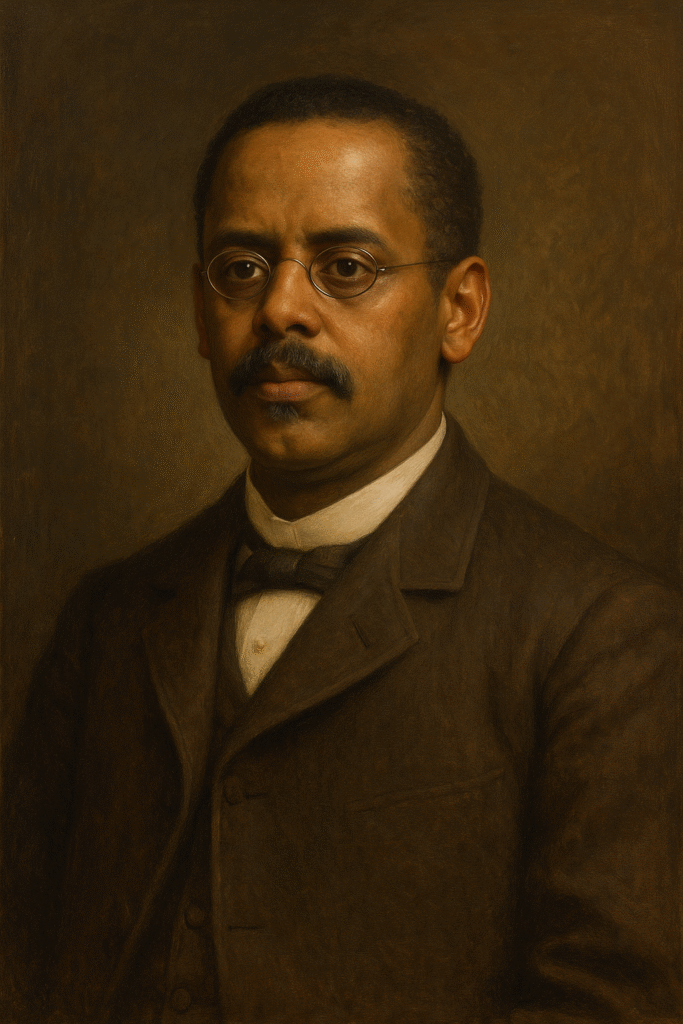Early Life and Education
Dr. Mae Carol Jemison was born on October 17, 1956, in Decatur, Alabama, where she grew up in a nurturing environment that profoundly influenced her intellectual development. Her parents, M. H. Jemison and Dorothy Jemison, instilled in her a deep appreciation for education. Despite the socio-economic challenges faced by African Americans at the time, Jemison’s family emphasized the importance of learning, encouraging her to pursue her interests with vigor and enthusiasm. This supportive background played a crucial role in shaping her path toward becoming an accomplished physician and astronaut.
From a young age, Jemison displayed a keen interest in both science and the arts, often engaging in activities that fostered her diverse talents. Whether it was performing in school plays or conducting experiments at home, she demonstrated an inquisitive mind that sought to explore different domains. Notably, her love for science was sparked by a childhood visit to a local planetarium, which ignited a passion for space exploration that would later define her career. This early curiosity laid the groundwork for her significant academic achievements.
Jemison attended Stanford University, where she was accepted at the young age of 16. She graduated in 1977 with a Bachelor of Science degree in chemical engineering, complemented by a liberal arts degree. Her experiences at Stanford not only enhanced her scientific knowledge but also provided her with tools to navigate the predominantly male-dominated landscape of her chosen fields. Following her undergraduate education, Jemison attended Cornell University Medical College, where she earned her Doctor of Medicine degree in 1981. The rigorous academic and clinical training she received played an important role in shaping her future pursuits in medicine and space, paving the way for her groundbreaking accomplishments as the first African American woman in space.
Path to NASA: Overcoming Challenges
Dr. Mae Carol Jemison’s trajectory towards becoming NASA’s first African American female astronaut is marked by resilience and unwavering determination. After completing her undergraduate education in chemical engineering at Stanford University, she faced the gender and racial biases prevalent in the field of science and medicine. Despite these challenges, Jemison pursued her medical degree at Cornell University, where she graduated in 1981. This achievement is significant as it not only represented her personal ambition but also served as an inspiring benchmark for other women of color in medicine.
Upon completing her residency, Jemison made the commendable choice to serve in the Peace Corps, where she took on the role of medical officer in Sierra Leone and Liberia. This experience was transformative, exposing her to the realities of healthcare in underprivileged communities, while enriching her understanding of global health issues. However, working in such challenging environments underscored the systemic barriers faced by women, particularly women of color, in professional settings. This became a recurring theme in Jemison’s life; she had to consistently navigate not only the professional challenges of being in a male-dominated field but also the cultural expectations of being a woman of color.
Jemison’s interest in space travel had been fostered since childhood, influenced by her studies and early exposure to science fiction. It was this aspiration that led her to apply to NASA’s astronaut program in 1987. Her acceptance into the astronaut candidate class was a landmark moment, not only for her but for the representation of women in science and exploration. This chapter of her life is a testament to her perseverance and serves as an emblem of hope for future generations aspiring to overcome similar challenges in pursuit of their goals.
Historic Space Mission Aboard Endeavour
Dr. Mae Carol Jemison made history on September 12, 1992, as she embarked on her landmark mission aboard the Space Shuttle Endeavour, becoming the first Black woman to travel into space. This pivotal journey was part of the STS-47 mission, aimed primarily at scientific research and conducting experiments that benefited not just the crew but also the broader scientific community.
During the eight-day flight, Dr. Jemison served as a Mission Specialist. Her responsibilities included conducting a variety of experiments, which encompassed fluid mechanics and material sciences, critical to advancements in both aeronautics and space exploration. One notable experiment involved studying the behavior of different materials in microgravity, a research endeavor that would ultimately lay groundwork for future materials used in various technologies back on Earth. Her expertise in biomedical engineering further allowed her to contribute significantly to experiments focused on the effects of space travel on the human body.
The mission aboard Endeavour was not solely about scientific inquiry; it also represented a profound moment in the fight for representation and diversity in STEM fields. Dr. Jemison’s ascent into space served as a beacon of inspiration for countless young women, particularly those of color, demonstrating that barriers could be overcome in areas traditionally dominated by men. Her presence highlighted the essential contribution of women and minorities in science and technology and paved the way for future generations to follow in her footsteps.
In the context of global achievements, Dr. Jemison’s successful voyage into space marks a significant milestone not only in the history of NASA but also in the ongoing narrative of social change and empowerment within STEM disciplines. Her journey continues to inspire individuals to pursue careers in fields where they are underrepresented, showcasing the importance of diversity in the quest for innovation.
Legacy and Impact on Future Generations
Dr. Mae Carol Jemison’s journey as the first African American woman in space has left an indelible mark on the fields of science and space exploration. Her historic mission aboard the Space Shuttle Endeavour in 1992 not only broke barriers but also became a beacon of inspiration for young girls and underrepresented minorities pursuing careers in STEM. Through her achievements, Jemison has demonstrated that the possibilities within the realms of science and technology are limitless, encouraging future generations to dream beyond conventional boundaries.
Following her time at NASA, Jemison has committed herself to advocacy and education, striving to enhance the representation of diverse communities within scientific fields. As a speaker, she has traveled extensively, sharing her unique experiences and highlighting the importance of inclusivity in fields traditionally dominated by homogeneous groups. By addressing audiences around the world, she emphasizes the necessity of diverse perspectives in fostering innovation and solving global challenges.
In addition to her speaking engagements, Jemison established the Jemison Group, which focuses on harnessing technology for social good and inspiring students to explore science. Her involvement in various initiatives underscores her dedication to STEM education—she has partnered with organizations that encourage young girls, particularly those of color, to pursue careers in science and technology. Through mentorship programs, workshops, and educational resources, Jemison continues to influence and empower future leaders in the scientific community.
Dr. Jemison’s legacy extends beyond her historic flight; it embodies a commitment to exploration, equity, and education. As she paves the way for the next generation of explorers, her work serves as a reminder that diversity in science not only enriches our understanding of the universe but also shapes a better tomorrow for all.










